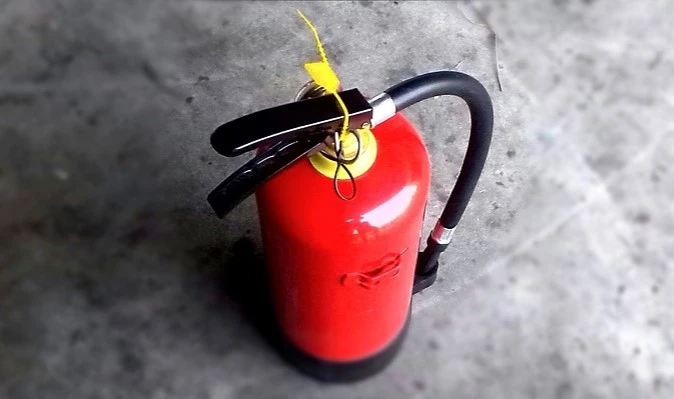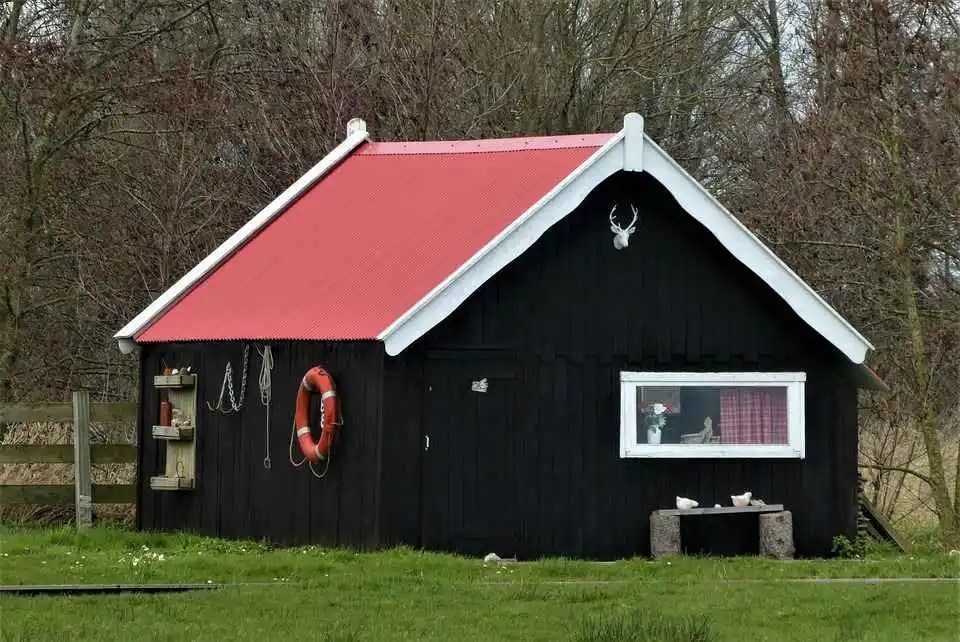Fire Safety at Home: Your Ultimate Guide to Keeping Your Family Safe

When it comes to protecting your home and loved ones, fire safety is one of the most important things to consider. Fires can happen unexpectedly, and the consequences can be devastating. But the good news is that with a little preparation and awareness, you can significantly reduce the risk of a fire in your home. In this guide, we’ll walk you through everything you need to know about fire safety at home, from prevention tips to essential tools and emergency plans. Let’s dive in!
Why Fire Safety Matters
Home fires are more common than you might think. According to the National Fire Protection Association (NFPA), U.S. fire departments respond to a home fire every 24 seconds. These fires can start from something as simple as a forgotten candle, an overheated kitchen appliance, or faulty wiring.
The key to fire safety is being proactive. By taking a few simple steps, you can protect your home, your belongings, and most importantly, your family.
Fire Prevention Tips
Preventing a fire is always better than dealing with one. Here are some practical tips to help you minimize fire risks in your home:
1. Keep an Eye on the Kitchen
The kitchen is one of the most common places where home fires start. Always stay in the kitchen when you’re cooking, especially if you’re using the stove or oven. Keep flammable items like dish towels, paper towels, and curtains away from heat sources.
2. Check Your Electrical Wiring
Faulty wiring is a major cause of home fires. If you notice flickering lights, frequent circuit breaker trips, or outlets that feel warm to the touch, it’s time to call an electrician. Avoid overloading outlets and replace damaged cords immediately.
3. Be Careful with Candles
Candles can create a cozy atmosphere, but they’re also a fire hazard. Always keep candles in sturdy holders and place them on a flat, stable surface. Never leave them unattended, and keep them away from kids, pets, and flammable materials.
4. Store Flammable Materials Safely
Items like cleaning supplies, paint, and gasoline should be stored in a cool, dry place away from heat sources. Make sure these materials are kept out of reach of children.
5. Don’t Smoke Indoors
Smoking is a leading cause of home fire deaths. If you or someone in your home smokes, do it outside. Always use a deep ashtray and make sure cigarette butts are completely extinguished before disposing of them.
6. Clean Your Dryer Lint Trap
Lint is highly flammable, and a clogged dryer vent can easily start a fire. Clean the lint trap after every load, and make sure your dryer vent is clear of debris.
Essential Fire Safety Tools
Having the right tools in your home can make all the difference in a fire emergency. Here are the must-haves:
1. Smoke Alarms
Smoke alarms are your first line of defense against fires. Install them on every level of your home, inside bedrooms, and outside sleeping areas. Test them monthly and replace the batteries at least once a year. If your smoke alarm is more than 10 years old, it’s time for a new one.
2. Fire Extinguishers
Keep at least one fire extinguisher in your home, preferably in the kitchen. Make sure everyone in your household knows how to use it. Remember the acronym PASS: Pull the pin, Aim at the base of the fire, Squeeze the handle, and Sweep from side to side.
3. Fire Escape Ladders
If your home has multiple floors, consider investing in a fire escape ladder. These portable ladders can be a lifesaver if you need to exit through a window.
4. Fire-Rated Doors
Fire-rated doors are designed to resist fire and smoke, giving you extra time to escape in an emergency. Install them in key areas like bedrooms, the kitchen, and between the garage and the house. These doors can help contain a fire and prevent it from spreading quickly.
Creating a Fire Escape Plan
Even with all the precautions in place, it’s important to be prepared for the worst. A fire escape plan ensures that everyone in your household knows what to do in an emergency.
1. Map Out Your Home
Draw a floor plan of your home and mark two exits from each room (usually a door and a window). Make sure windows and doors can be opened easily.
2. Choose a Meeting Spot
Pick a safe spot outside your home where everyone will meet after escaping. This could be a neighbor’s house, a mailbox, or a tree.
3. Practice Regularly
Hold fire drills at least twice a year. Practice escaping from different rooms and make sure everyone knows how to crawl low under smoke.
4. Teach Kids What to Do
Children may not know how to react in a fire emergency. Teach them to feel doors for heat before opening them and to never hide during a fire.
What to Do During a Fire
If a fire does break out in your home, staying calm is crucial. Here’s what to do:
- Get Out Immediately
Don’t stop to grab belongings. Your safety is the top priority. - Crawl Low Under Smoke
Smoke rises, so the air near the floor is cleaner. Crawl to avoid inhaling toxic fumes. - Close Doors Behind You
Closing doors can help slow the spread of the fire. - Call 911
Once you’re safely outside, call emergency services. - Don’t Go Back Inside
Even if you think the fire is small, it’s too dangerous to re-enter your home. Wait for the fire department to arrive.
Fire Safety for Kids and Pets
Kids and pets are especially vulnerable during a fire. Here’s how to keep them safe:
- Teach Kids About Fire Safety
Explain the dangers of fire and why they should never play with matches or lighters. - Use Stove Guards
Stove guards can prevent curious kids from touching hot surfaces or turning on burners. - Keep Pets Away from Open Flames
Pets can accidentally knock over candles or space heaters. Keep them in a safe area when you’re not home. - Include Pets in Your Escape Plan
Assign someone to grab your pet during an emergency, and keep leashes or carriers near exits.
Common Fire Hazards to Avoid
Sometimes, fire hazards are hiding in plain sight. Here are a few things to watch out for:
- Overloaded Power Strips
Plugging too many devices into one outlet can cause overheating. - Space Heaters
Keep space heaters at least three feet away from anything flammable, and never leave them unattended. - Old Appliances
Older appliances may have worn-out cords or faulty wiring. Replace them if necessary. - Grease Buildup in the Kitchen
Grease fires can spread quickly. Clean your stovetop and oven regularly to prevent buildup.
Final Thoughts
Fire safety at home doesn’t have to be complicated. By following these tips and staying vigilant, you can greatly reduce the risk of a fire and ensure that your family is prepared for any emergency. Remember, the little things such as testing your smoke alarms or practicing your escape plan, can make a big difference.
Take the time to review your home’s fire safety measures today. Your family’s safety is worth it!
By implementing these fire safety practices, you’re not just protecting your home but also you’re giving yourself peace of mind. Stay safe, stay prepared, and don’t forget to share these tips with your loved ones. Together, we can prevent home fires and keep our families safe.







